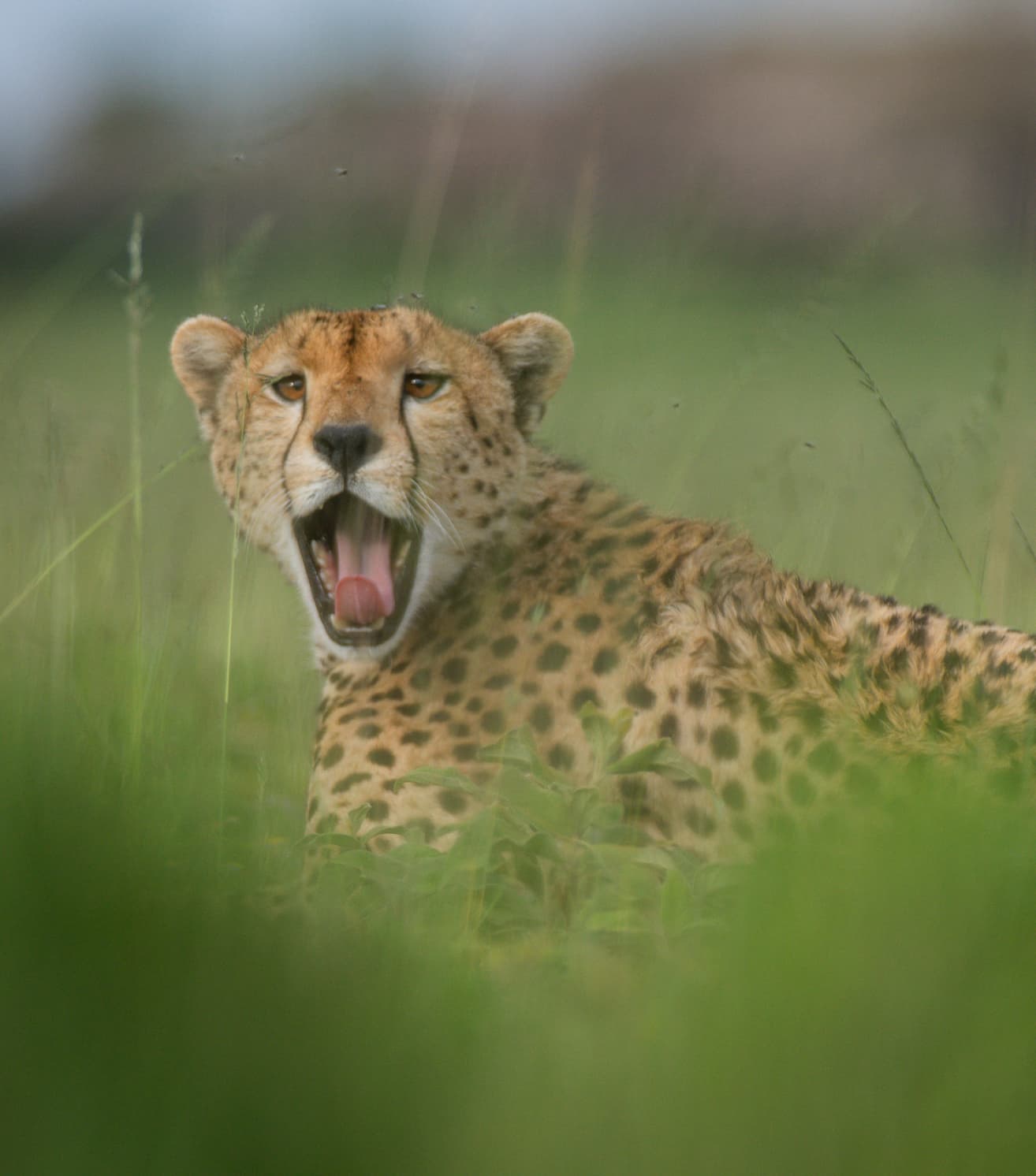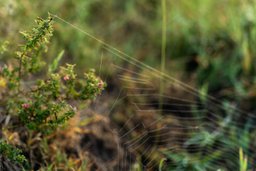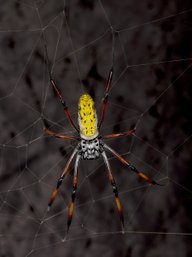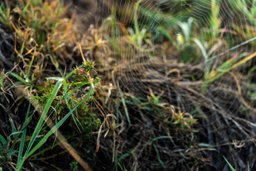THE MIRACLE OF SPIDER WEBS
Spider webs are a common sight across East Africa, serving as a reminder of the importance of spiders in our natural landscape. They are a fascinating example of adaptation and survival, offering insights into spiders’ ecological roles and their remarkable engineering skills.
The Diversity of Spider Silk
Before exploring the marvels of spiderwebs, it’s essential to understand the versatility of spider silk. Spider silk is a protein fibre spun by spiders, possessing exceptional mechanical properties. Its unique combination of high tensile strength and elasticity allows it to absorb significant energy before breaking. Spiders produce several types of silk, each with unique properties serving specific biological functions. They tailor their silk production to suit various purposes, from the strong anchor lines securing the web to the sticky capture spirals that ensnare prey.
The most common types of silk are:
Dragline silk, the most robust and elastic type, is used as a safety line for constructing the main framework of the web, as well as for rappelling and locomotion.
Anchor lines build the web’s framework, providing structural support and stability. These threads are often thicker and more durable, capable of withstanding the forces exerted by struggling prey or environmental factors.
Bridge lines connect different parts of the web, forming intricate patterns that optimise prey capture. These threads are typically thinner and more elastic, allowing for flexibility and adaptability in web construction.
Sticky capture spirals are perhaps the most well-known type of spider silk. These strands are coated with a glue-like substance that traps unsuspecting insects, ensuring a steady food supply for the spider.
Spider silk has many unique abilities, including transmitting information, creating cocoons to protect offspring, and even floating through the air to escape predators.
Orb-Weavers: The Architects of the Woodlands
One of the most common and studied spiders in East Africa is the orb-weaver, “Argiope australis”. These spiders are renowned for their large, wheel-shaped webs, which they construct meticulously every night. The webs are designed to capture a variety of insects, from moths to flies, providing the spider with a reliable food source.
Argiope australis” is notable for the stabilimentum, a zigzag pattern of silk in the centre of its web. Researchers believe this structure may serve multiple purposes, including attracting prey by reflecting ultraviolet light, camouflaging the spider, and even deterring birds from flying through and destroying the web.
The Golden Orb-Weaver: Strong Silk in the Savannah
Another fascinating species is the Nephila senegalensis, commonly known as the golden orb-weaver. Found in the savannahs and forests of East Africa, this spider produces silk with a distinct golden hue. The silk of Nephila senegalensis is solid and flexible, making it an object of scientific interest.
Silk’s durability and tensile strength have inspired studies into its potential applications in various fields, from medical sutures to high-strength materials. These spiders’ webs can span impressive distances between trees and shrubs, creating expansive traps for unsuspecting insects.
A fascinating fact about Nephila senegalensis is the significant size difference between males and females. Females are much larger, often several times the size of males. This extreme sexual dimorphism is considered an adaptation for reproductive success, with larger females able to produce more eggs and build more substantial webs. At the same time, smaller males can be more agile and less noticeable to predators.
Kite Spiders: The Spiky Webmasters
East Africa is home to many kite spiders, including Gasteracantha alicorns, the horned kite spider. These spiders have a distinctive spiky appearance and vibrant colours. They create orb webs, usually in low vegetation or between tree branches. Their unique shape is an adaptation that helps deter predators.
Kite spiders are adept at web construction, with webs that are typically smaller but densely packed with sticky silk to capture prey effectively. Their presence indicates a healthy and biodiverse ecosystem, as they rely on a steady supply of flying insects.
Bark Spiders: Masters of the Tough Web
One of the most remarkable spiders found in East Africa are Caerostris species, commonly known as Bark spiders. These spiders are known for producing some of the toughest silk in the animal kingdom. Their webs are often built across rivers and streams, spanning up to 25 meters, making them the largest orb webs in the world.
Their silk is incredibly tough and highly elastic, allowing the web to withstand the force of large insects and even small birds. The spiders build these immense structures by combining anchor and bridge lines to create a stable framework. The sticky capture spirals of the web effectively trap prey, which is then swiftly immobilised by the spider.
Spider webs are more than just intricate designs; they are essential tools for survival and key components of the ecosystem. From the remarkable versatility of spider silk to the architectural marvels of Bark Spider webs, each aspect of spiders’ silk production and web construction reveals new insights into the adaptability and ingenuity of these fascinating creatures.
If you are lucky enough to see a spider doing its business, stop for a short while and reflect on the wonder of spiders and spider silk.









